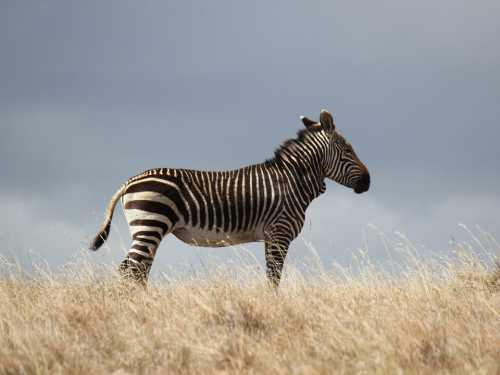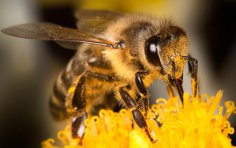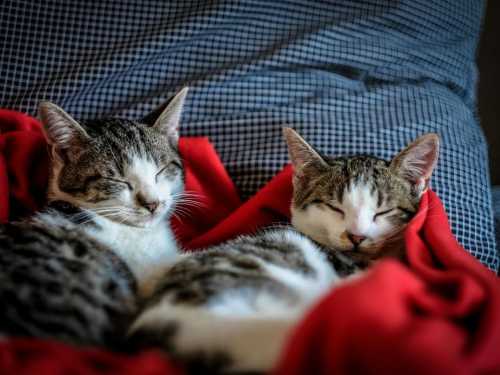
Zebras are very close relatives of horses. At the same time, it is difficult to imagine a zebra pulling a cart or plow across a field. But this will never happen anyway. In the language of zebras there is no expression “to plow like a horse”, informs Ukr.Media.
While horses work diligently for humans, zebras gallop across the floodplains, or rather savannas. And they are in no hurry to settle down to serve the human race.
Many attempts have been made to domesticate zebras, but people have encountered the following difficulties:
You can't catch a zebra with a lasso.
To get obedient domestic livestock from wild animals, you must first catch adults and raise their offspring. For many centuries, wild horses were caught with lassos, zebras cannot be caught this way, they have a special reflex: they shake off the noose with a sharp movement of their head and neck.
Therefore, they tried to drive the zebras into traps, but it turned out that…
A captured zebra begins to bite desperately
Existence side by side with large predators has left its mark on the character of zebras – they have a fierce temper, actively resist capture, using their teeth and hooves. Even the skull of a lion cannot withstand the blow of a zebra's hoof. Imagine how dangerous it is for a person to fight a zebra.
Zebras are prey in their natural environment, so their reaction to any pressure or attempt to restrict their freedom is an instant, aggressive fight for survival. They do not “come to terms” quickly, as some other animals can. Their natural response is to fight or flee, and if escape is not possible, they fight with all their might, making them extremely dangerous to humans without special equipment and experience.
But most importantly, the zebra is terribly stubborn.
In this, it is more like a donkey (also a close relative). The zebra is extremely freedom-loving and willful. Only a few individuals can be tamed, but these are units from the total sample. Why waste energy searching for the most docile zebras? After all, there are calm and docile horses.
The stubbornness of zebras is phenomenal. No matter how persistent the trainer is, the zebra is still stubborn.
This “stubbornness” is a consequence of their high reactivity and instinct for self-preservation. Zebras do not understand and do not accept orders from a person who could be a potential predator or threat. Submitting to someone else's will is against their nature to survive. In the wild, “submissiveness” would mean a quick death.
It is thanks to this uncontrollability that zebras have retained their status as wild animals. True, there is one exception. People have nevertheless found a way to benefit from zebras.
Zebrafish
Since zebras and horses (and donkeys and ponies too) are closely related species, hybrids can be obtained from them.
This happens when zebras and horses are kept together, and some livestock farmers specifically graze their mare in a place where a wild male zebra can spot her.
If everything works out, the mare gives birth to a funny striped foal that can be sold for a good price.
If a zebroid inherits its father's unruly nature, it will likely only be shown in a zoo, and if it turns out to be docile like its mother, it will work as a pack animal. Although even “docile” zebroids often retain certain zebra-like traits – they can be more unpredictable, fearful, or abrupt in their movements than purebred horses or donkeys.
In Africa, zebroids are used willingly because, unlike horses, they are immune to tsetse fly bites.
The tsetse fly is a vector for a deadly disease for horses, African trypanosomiasis (nigana). Zebras and their hybrids (zebroids) have an innate immunity to it, which allows them to be used for transport or work in regions of Africa where horses simply cannot survive.
Like most interspecific mammalian hybrids (e.g. mules are a hybrid of a donkey and a horse), zebroids are almost always sterile. This means that they cannot produce offspring and reproduce as a separate species. Each zebroid must be produced by crossing purebred zebras with horses/donkeys/ponies.





